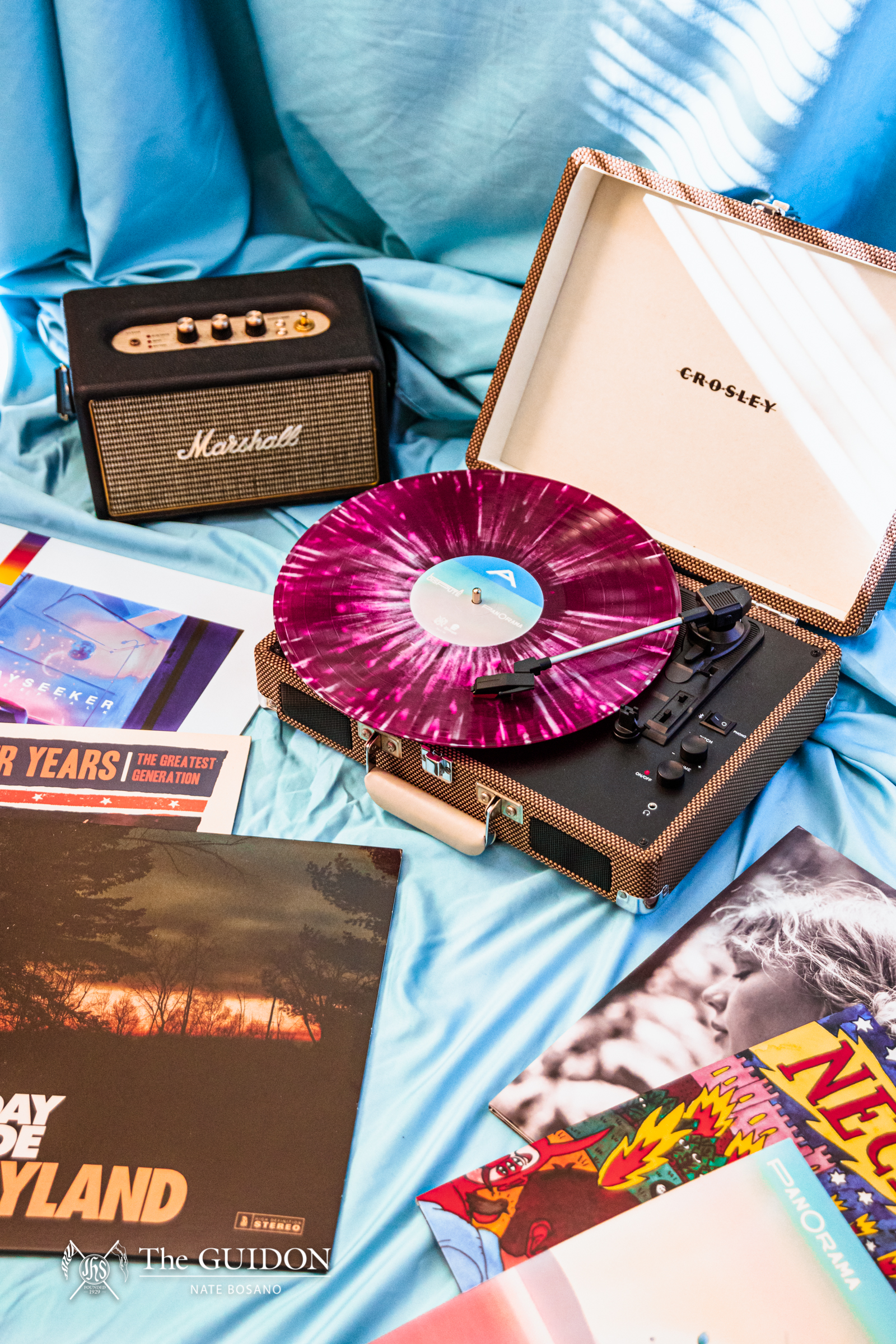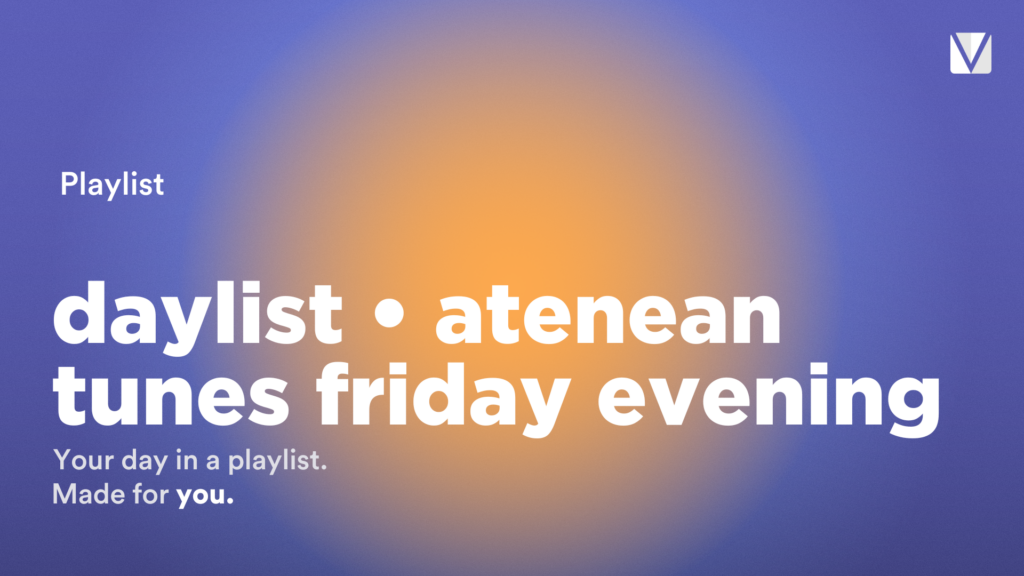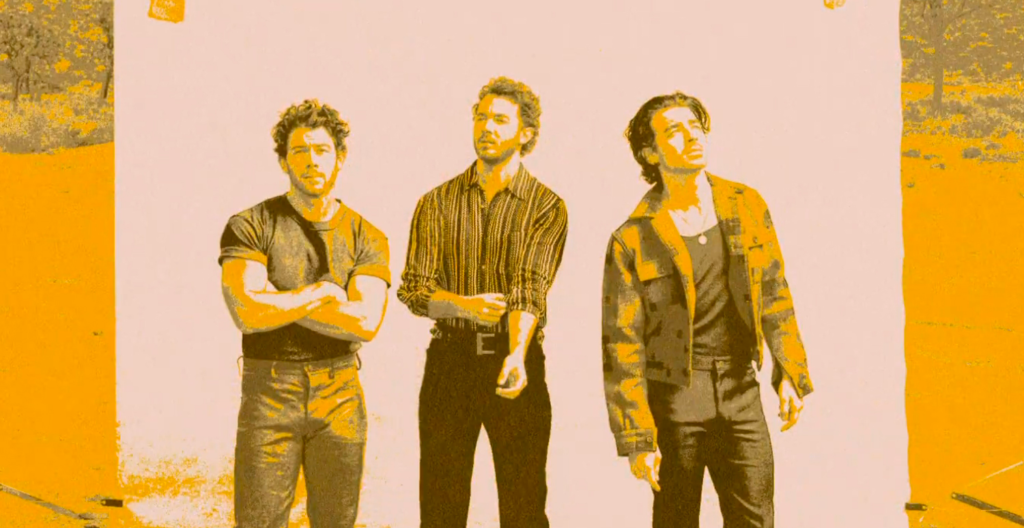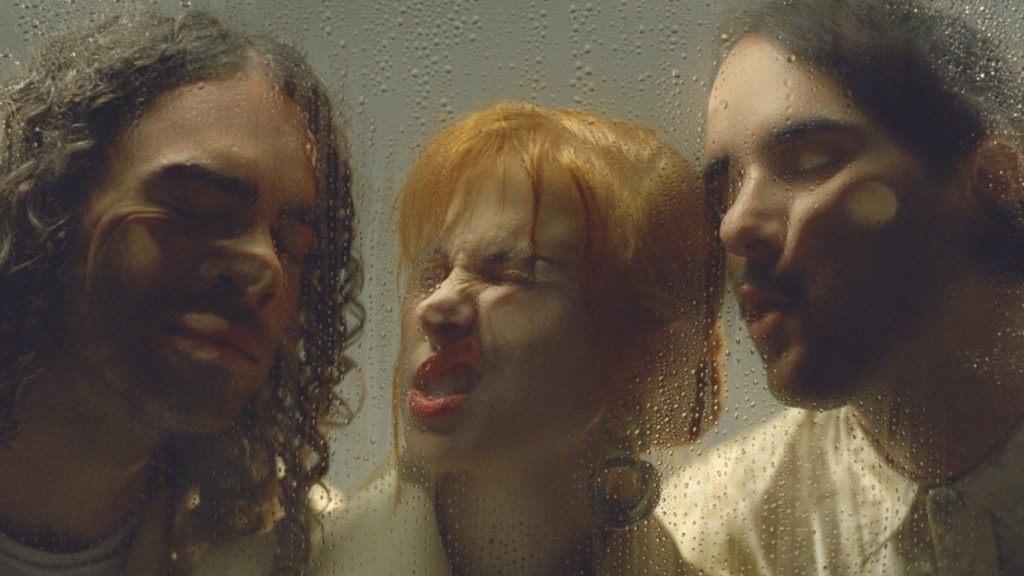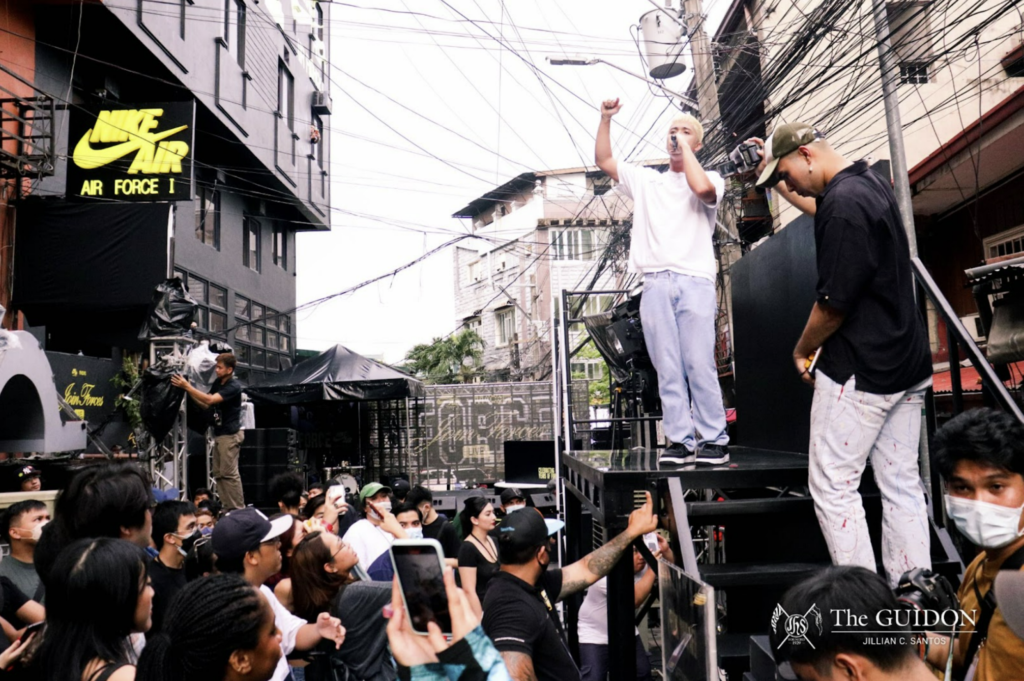Once mainstream pop reached its peak, we as listeners experienced some type of ennui with current sounds. That is, until we discovered today’s retro revolution. You’ll find it reverberating through the nu-disco synths of British singer Dua Lipa’s Future Nostalgia (2020), or the new wave themes of Canadian soloist The Weeknd’s After Hours (2020).
We may have found respite from this listlessness with brand-new beats. But in doing so, we failed to realize that for the longest time, the hits of the present have been borrowed from the trends of the past. Vantage Magazine looks into the history of retro music, and what its repurposed sound means for the music scene.
Retro reinventions
More often than not, people mistake retro for 70’s- or 80’s-inspired tunes. They’re not entirely wrong. The word “retro” is attributed to anything derivative of history or the past—think of styles and modes 20-40 years back. In popular culture, this never-ending round of reviving old trends is also known as the nostalgia cycle.
Today’s trends can be traced back to the 1950s’ rockabilly or “rock and roll” genre. It’s spawned several subgenres today: Country rock, like Kings of Leon; pop punk, like Green Day; and even grunge pop, like Nirvana. So if you grew up jamming to the alternative rock of Paramore, or screaming your heart out to the emo punk rock of Fall Out Boy, then you can thank this genre.
You can also thank the rockabilly genre for your current study playlists. Lo-fi, or low fidelity music, has fizzled down from the days when it was known as “DIY music” in the 1990s. You’ll recognize lofi music with the popular “lofi hip hop radio – beats to relax/study to” girl on YouTube. American singer-songwriter Clairo’s breakout song “Pretty Girl,” is another example of this.
In the east, a genre known as city pop began flourishing in the 1970s and 1980s. Its name reflects the leisure class and highly urban lifestyle during Japan’s post-Cold War economic boom. If you want to give this genre a listen, then try Mariya Takeuchi’s iconic 1985 single, “Plastic Love,” which became semi-viral in 2017. City pop is credited with bringing forth a variety of “nostalgic” genres popular today.
Now, city pop has been revitalized, be it with synth-pop or new wave internet playlists. Taiwanese indie band Sunset Rollercoaster’s 2016 EP Jinji Kikko is a prime example. The group, known for its subtropical style, sings English lyrics with a decidedly Eastern city pop influence.
City pop has also evolved into vaporwave, a microgenre of electronic music that contains elements of smooth jazz, elevator music, and even lounge music. Though it gained its popularity from becoming an internet meme, the impact it’s made on the early 201os aesthetic is evident. Modern J-pop bands like Hitomitoi and Ryusenkei keep this retro genre alive.
Evolving sounds
These days, we can easily pinpoint artists who have upcycled trends that were supposedly long-gone. There are some obvious options, like English singer Dua Lipa’s 2020 album Future Nostalgia, with 80s-inspired tracks like the power pop “Physical,” as well as the nu-disco “Don’t Start Now.” The Weeknd has been doing this for far longer; while we associate his 2020 synthwave hit “Blinding Lights” with retro sounds, his previous hits have delved further into the past. His 2015 song “Can’t Feel My Face” is clearly 70s-inspired disco funk, and the 2016 hit “Starboy,” featuring electronic duo Daft Punk, contains elements of R&B and electropop.
Bruno Mars is another example of an artist who takes direct inspiration from the past. Mars’ hits, such as 2015’s “Uptown Funk” and 2018’s “Finesse” featuring Cardi B draw from the 1970s and the 1990s, respectively. The former contains elements of funk-pop, soul, and boogie, as well as the Minneapolis sound—a new-wave, synthpop microgenre pioneered by Prince in the 70s. The latter is categorized as new jack swing, hip hop soul, and funk—all genres made popular in the 1990s.
Lana Del Rey has also so deeply imbibed the glamor and melancholia of 1950s and 1960s Americana into her music that it seems like she has created her own genre entirely. She meshes this with 90s R&B sampling and an almost stylized form of rapping in her songs. Her 2012 debut album, Born to Die, is filled with this. Singles like “National Anthem” have a heavy, hip hop bassline in them, while hits like “Summertime Sadness,” for all its baroque pop and trip hop elements, is filled with synthesizers and 1980s-inspired house beats.
Speaking of sampling, much of today’s modern hits is heavily sampled by ancient ones. Ariana Grande’s 2019 hit “7 Rings” combines trap-pop, R&B, and rap—all while using the melody of Rodgers and Hammerstein’s 1959 musical The Sound of Music’s “My Favorite Things.” Doja Cat’s 2020 R&B single, “Freak,” also samples Canadian singer Paul Anka’s 1959 classic “Put Your Head On My Shoulder.”
But perhaps much of today’s retro revolution may lie in songs that we don’t actually know are covers. British teen-pop boy band One Direction’s “One Way or Another (Teenage Kicks),” released in 2013, is a hybrid of American new-wave band Blondie’s 1978 hit “One Way or Another” and Irish rock band The Undertones’ 1978 song “Teenage Kicks.”
The 2016 film Suicide Squad’s trailer featured “You Don’t Own Me,” by Grace ft. G-Eazy. But “You Don’t Own Me” is actually a hit song by Lesley Gore that peaked at number 2 on the Billboard Hot 100 in 1964. Finally, the seemingly eternal “Whatta Man,” a 1993 hit by Salt-N-Pepa and En Vogue, was originally a 1968 song called “What A Man” by Linda Lyndell. It found new life again in 2016 with Kpop girl project I.O.I. as “Whatta Man (Good Man).”
Nostalgia hits
Ultimately, perhaps the retro revolution can be attributed to one thing: Nostalgia. We may obsess over the need for something new, but deep inside, we find comfort in the hits of the past. Charli XCX and Troye Sivan’s 2018 song “1999” and Anne-Marie’s 2018 single “2002” have spoken of this specific brand of nostalgia. And this has spilled over into 2010s music: Artists will take a genre that seems long-gone and inject new, mainstream life into it.
Just think of Ariana Grande’s 2013 debut album Yours Truly, which propelled her into fame and got her hailed as “the next Mariah Carey.” To be sure, the album was filled with 90s-inspired R&B pop, influenced by the likes of Whitney Houston and Christina Aguilera. Taylor Swift became one of the best-selling artists of all time not by diving straight into mainstream pop music, but rather by channeling country, rock, and folk music. She’s cited Bruce Springsteen, Paul McCartney, and Carly Simon as her major inspirations for a reason.
Now, if you want to experience something old yet new, you can look into the artists of today. For a reinvention of 70s Britpop along with rock and indie pop, Harry Styles’ 2020 hit “Watermelon Sugar” will surely make you feel this type of nostalgia. If you’re into 80s synthpop or if you really just loved “Blinding Lights,” Kpop girl groups like Everglow’s 2020 song “La Di Da” and Twice’s 2020 lead single “I Can’t Stop Me” echo the same futuristic beat. Missing the 90s and 2000s? Singer Normani’s 2019 single “Motivation” is a deliberate recreation of R&B from that era, as well as Kpop sub-unit NCT U’s 2020 song “90’s Love.”
So whether you want to wax poetic about the good old days, or to search in vain for an “original” new sound—keep in mind that while music changes, trends of the past will always come back, harder than ever. And there’s nothing wrong with admitting that we kind of like it.


